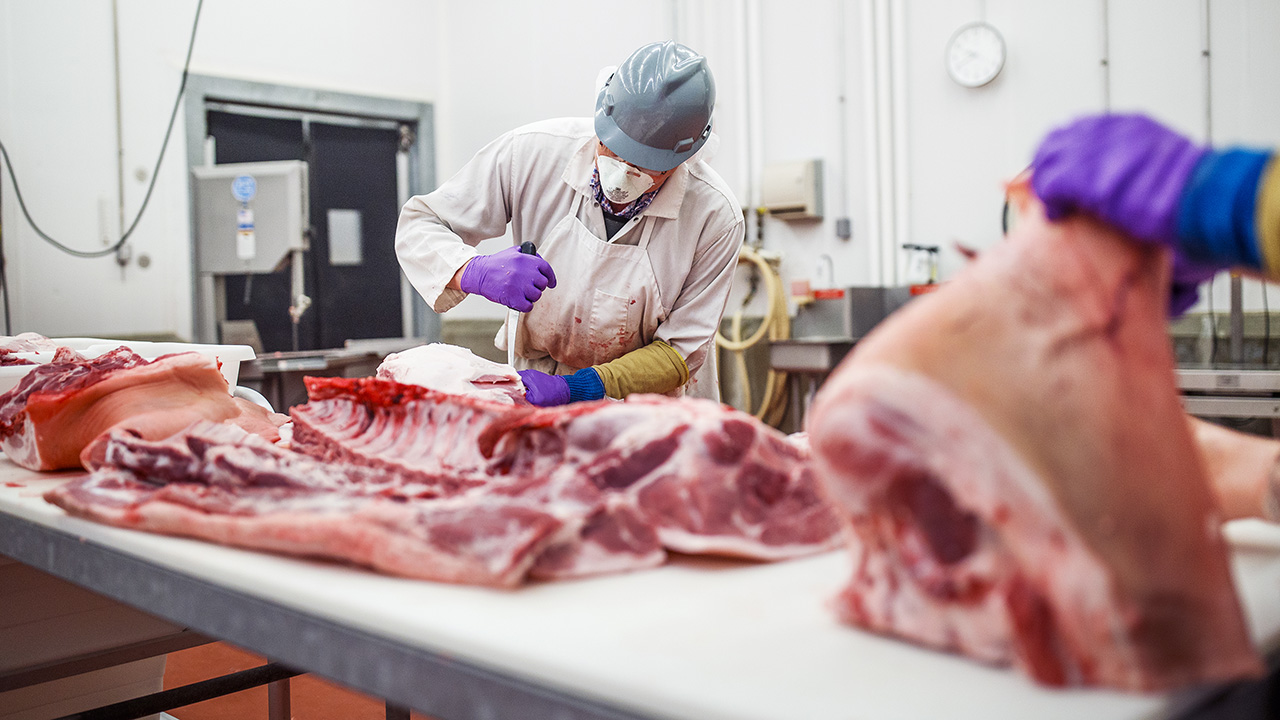



Article by: Hari Yellina
Smaller abattoirs are increasingly at risk of being swallowed up by larger, multispecies competitors, as cattle prices remain stubbornly high. The storm of cost pressures on beef processing shows no evidence of abating. According to a Meat & Livestock Australia webinar, Australia’s processors are currently facing the toughest trading periods and greatest per-head losses in 20 years, due to everything from underemployment and virus outbreaks to shipping freight issues and trade deal pressures in global markets.
According to Thomas Elder Markets analyst Matt Dalgleish, there is a serious chance of processor exits this year. Smaller, independent players may not be able to compete because they lack the economies of scale and regional variety that larger corporations have. That was troubling from the standpoint of a robust cattle market, he said. Mr Dalgleish noted that data research over the last 15 years showed that when processor margins fall into negative territory, facility closures follow. “Extended periods of low margins and rationalisation have a strong association,” he said.
While other industry leaders believe there is limited room for future consolidation in the sector, Mr Dalgleish claims it began last season. “We saw an offshore player take over a family-run abattoir in Victoria, and a big enterprise from Brazil take over other abattoirs in Western Australia,” he said. That was troubling from the standpoint of a robust cattle market, he said. Mr Dalgleish noted that data research over the last 15 years showed that when processor margins fall into negative territory, facility closures follow. “Extended periods of low margins and rationalisation have a strong association,” he said.
While other industry leaders believe there is limited room for future consolidation in the sector, Mr Dalgleish claims it began last season. “We saw an offshore player take over a family-run abattoir in Victoria, and a big enterprise from Brazil take over other abattoirs in Western Australia,” he said. “When we have dry spells and periods of heavy slaughter, where the number of head slaughtered exceeds nine million per year, processors can make significant profits,” Mr Dalgleish added. Last year’s slaughter figures fell to 6 million head, and MLA now forecasts a 6.65 million head annual slaughter in 2022. According to Mr. Dalgleish, this indicates that the processor margin model will begin to shift towards the $100 to $200 loss region. “However, we still have a long way to go before they attain profitability.”